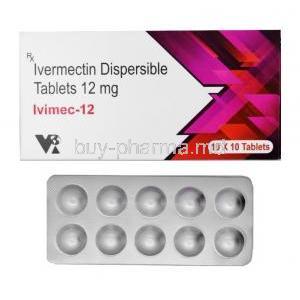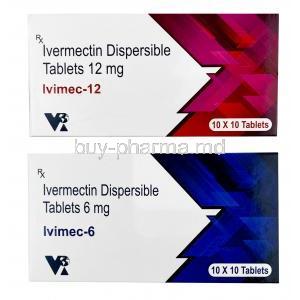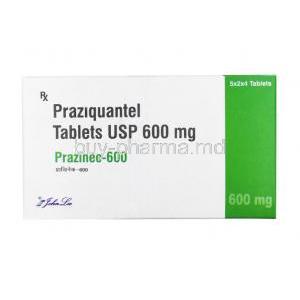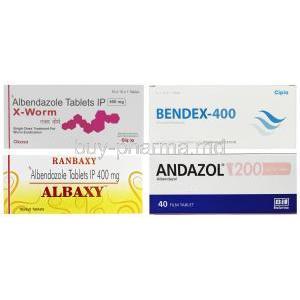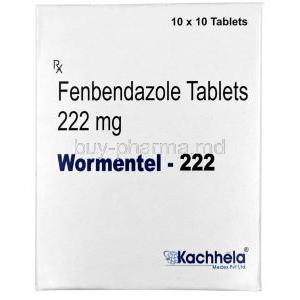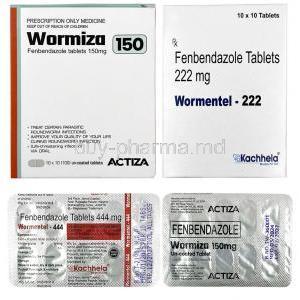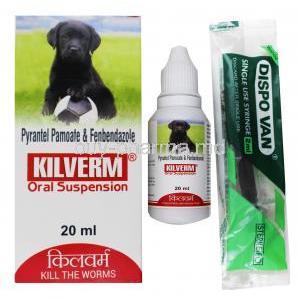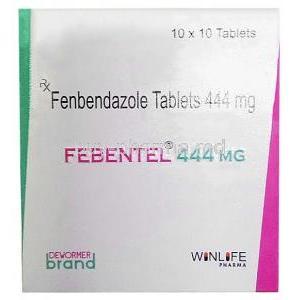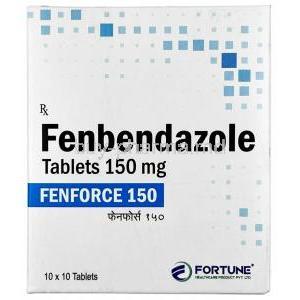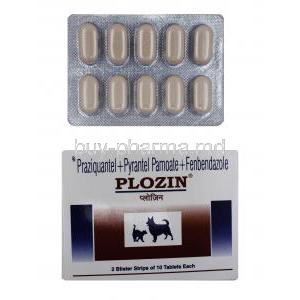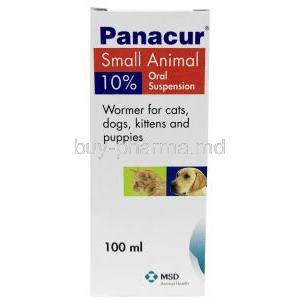Dehydroemetine Injection
- Introduction to Dehydroemetine Injection
- Composition and Mechanism of Action
- Approved Medical Uses of Dehydroemetine Injection
- Off-Label Uses of Dehydroemetine Injection
- Dosage and Administration Guidelines
- Side Effects of Dehydroemetine Injection
- Common Side Effects
- Serious Side Effects
- Warnings and Important Precautions
- Contraindications for Dehydroemetine Injection
- Special Considerations for Administration
- Drug Interactions and Potential Complications
- Overdose and Toxicity Management
- Storage and Handling Precautions
- Conclusion
Introduction to Dehydroemetine Injection
Overview of Dehydroemetine Injection
Dehydroemetine Injection is a potent therapeutic agent primarily used in the treatment of severe amoebiasis. Derived from emetine, this semi-synthetic alkaloid exhibits strong anti-protozoal properties, making it a crucial alternative for patients who do not respond to first-line treatments.
Historical Background and Development
Initially created as a substance to emetine to lessen the adverse impact on the heart linked to its precursor compound, Dehydroemetine gradually gained acknowledgment for its effectiveness in treating amoebic infections when metronidazole proved ineffective.
Importance in Medical Treatments
Dehydroemetine plays a role in treating amoebiasis by acting on the pathogens involved in severe or extraintestinal cases of the disease through its effective protein synthesis inhibition mechanism.
Regulatory Approval and Classification
Dehydroemetine is categorized as a medication for combating protozoal infections. It has been approved for medical use in different areas around the world. Regulatory authorities stress the importance of administering it under observation due to its possible adverse side effects.
Composition and Mechanism of Action
Active Ingredients and Formulation
The injection contains Dehydroemetine hydrochloride as its active compound, often combined with stabilizers to enhance solubility and bioavailability.
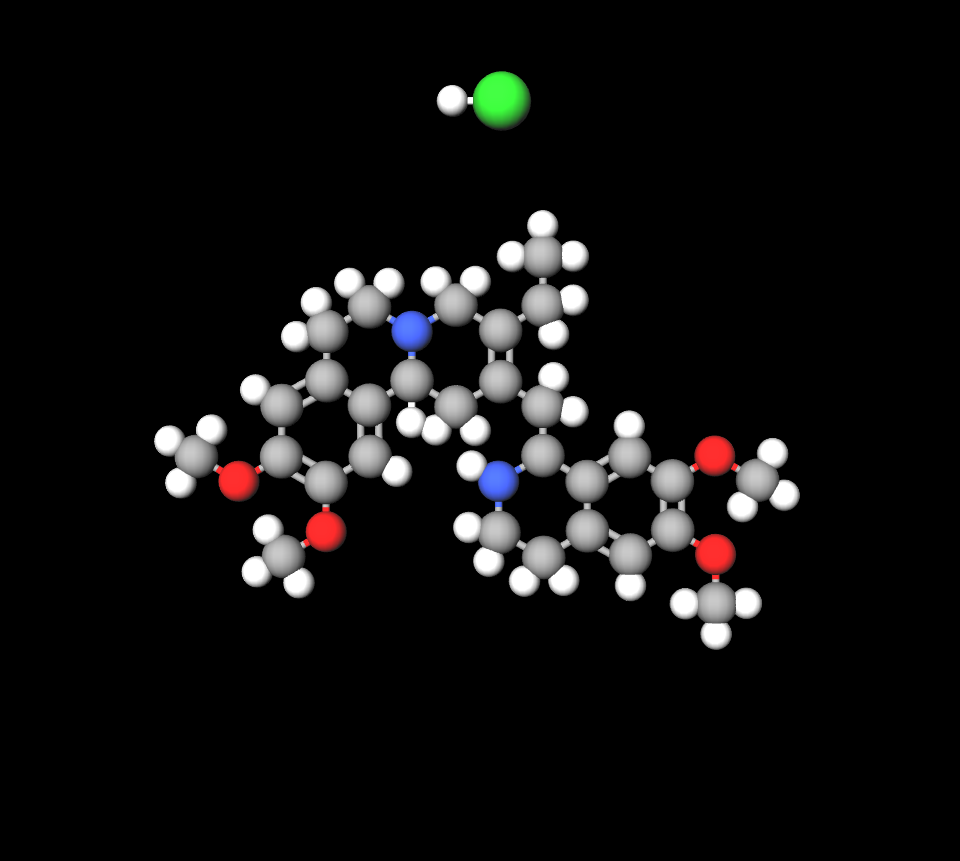
Pharmacodynamics: How Dehydroemetine Works in the Body
Dehydroemetine functions by inhibiting protein synthesis in protozoan cells, effectively disrupting their replication and survival. This action primarily targets Entamoeba histolytica, the causative agent of amoebiasis.
Pharmacokinetics: Absorption, Distribution, Metabolism, and Excretion
- Absorption: Rapidly absorbed following intramuscular administration.
- Distribution: Widely distributed in body tissues, including the liver and skeletal muscles.
- Metabolism: Metabolized hepatically with a prolonged half-life.
- Excretion: Primarily eliminated through the renal system.
Approved Medical Uses of Dehydroemetine Injection
Treatment of Amoebiasis and Its Severe Forms
Use in Extraintestinal Amoebiasis, Including Hepatic Amoebiasis
Role in Treating Infections Resistant to Metronidazole
Indications in Patients with Contraindications to Alternative Therapies
Patients who cannot handle medications containing nitroimidazole may receive Dehydroemetine as an alternative to maintain their treatment even if they are sensitive to drugs.
Off-Label Uses of Dehydroemetine Injection
Potential Use in Treating Protozoal Infections
Dehydroemetine shows promise not only in treating amoebiasis but also in addressing other types of protozoan infections that merit additional study.
Experimental Applications in Leishmaniasis Management
Research indicates that Dehydroemetine could potentially be effective in combating Leishmania species and is being considered as an option for upcoming treatments of leishmaniasis.
Use in Certain Cases of Parasitic Infections
Investigational Roles in Non-Infectious Diseases
Initial findings point to impacts on cells and hint at possible uses for further study in cancer treatment.
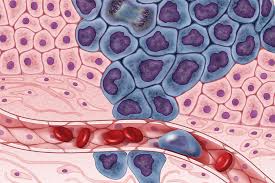
Dosage and Administration Guidelines
Recommended Dosage for Various Conditions
The standard dose typically ranges between 1-1.5 mg/kg/day, administered intramuscularly for a limited duration.
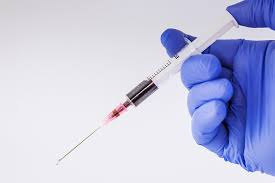
Route of Administration: Intramuscular vs. Intravenous
Administering a drug through an injection is commonly chosen for safety reasons since giving it intravenously comes with a chance of toxicity concerns.
Frequency and Duration of Treatment
The suggested length of treatment typically ranges from 5 to 10 days based on the seriousness of the condition.
Dosage Adjustments Based on Age and Health Conditions
Dosage adjustments must be made with caution in cases of kidney and liver issues.
Administration Protocols in Hospital Settings
Special attention must be given to monitoring cardiac function evaluations.
Side Effects of Dehydroemetine Injection
Overview of Possible Adverse Effects
Dehydroemetine can cause serious side effects; therefore, it should be used carefully.
Frequency and Severity of Side Effects
Although minor side effects usually go away quickly, it's essential to seek help for severe complications.
Risk Factors That May Increase Adverse Reactions
Individuals who have neuromuscular conditions face an increased level of vulnerability.
Common Side Effects
- Nausea and vomiting
- Muscle pain and weakness
- Injection site pain and swelling
- Gastrointestinal disturbances
Serious Side Effects
- Cardiotoxicity and arrhythmias
- Neuromuscular toxicity
- Hypotension and dizziness
- Hepatic and renal complications
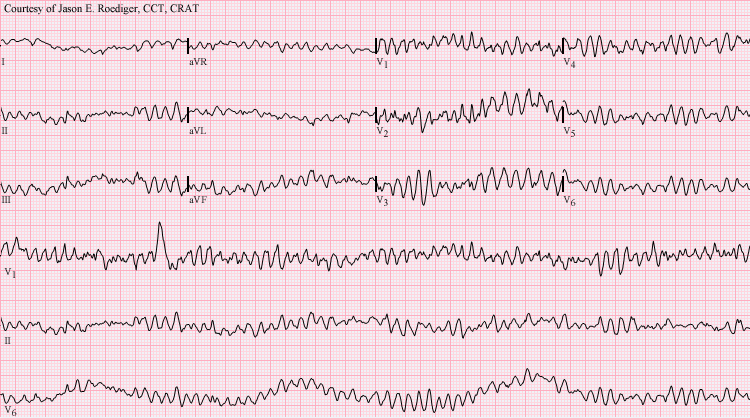
Warnings and Important Precautions
Cardiovascular Risk Factors and Monitoring
Monitoring the heart's activity is crucial because it can help detect heart rhythms.
Precautions for Patients with Hepatic or Renal Impairment
Reduced liver function, in cases of liver disease, can increase the chances of experiencing toxicity levels.
Risk of Neuromuscular Toxicity and Necessary Assessments
Periodically assess function throughout the course of therapy.
Avoiding Prolonged Use to Prevent Toxicity
Prolonged usage raises the chances of building up substances in the body over time.
Special Monitoring Considerations for High-Risk Patients
Patients with existing heart-related issues or liver and nerve conditions need monitoring and close attention.
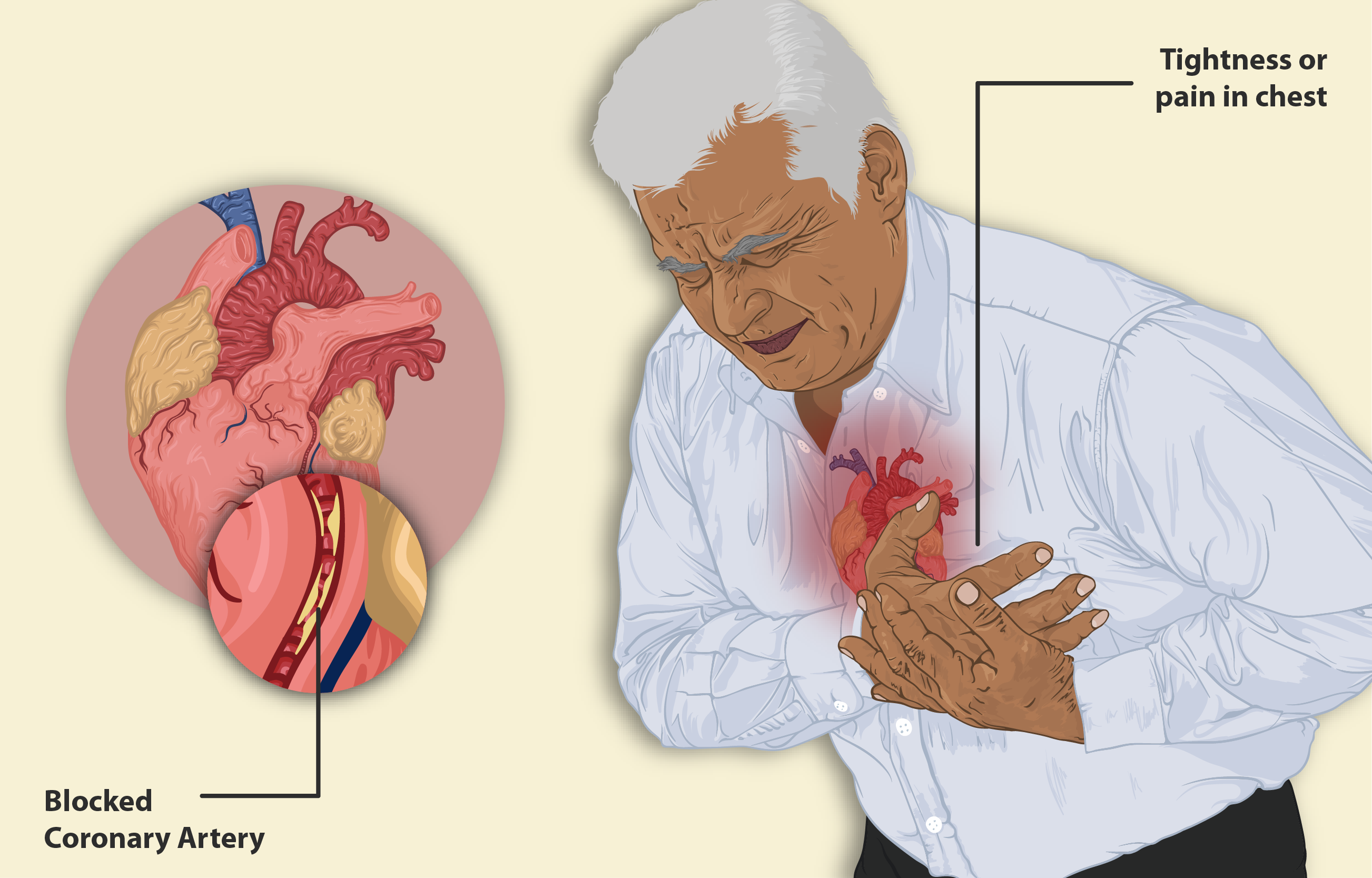
Contraindications for Dehydroemetine Injection
Known Hypersensitivity to Dehydroemetine
Patients with a documented hypersensitivity or allergic reaction to Dehydroemetine or its excipients should not receive this medication. Severe allergic manifestations, including anaphylaxis, may occur, necessitating immediate medical intervention. Symptoms of hypersensitivity reactions include:
- Urticaria and skin rash
- Angioedema (swelling of the face, tongue, or throat)
- Respiratory distress and bronchospasm

Patients with Severe Cardiac Conditions
Dehydroemetine is associated with significant cardiotoxicity. Patients with pre-existing severe cardiovascular disease, including:
- Congestive heart failure (CHF)
- Arrhythmias (atrial fibrillation, ventricular tachycardia)
- Myocardial infarction history
should avoid this medication due to the risk of exacerbating cardiac dysfunction. Continuous electrocardiographic (ECG) monitoring is advisable when administration is deemed necessary.
Severe Hepatic or Renal Impairment
Hepatic metabolism and renal clearance play crucial roles in Dehydroemetine elimination. Patients with severe impairment in these organ systems face an increased risk of drug accumulation and toxicity. Monitoring liver enzymes and renal function markers is essential in borderline cases.
Neuromuscular Disorders and Myasthenia Gravis
The neuromuscular effects of Dehydroemetine can exacerbate conditions such as:
These conditions predispose patients to profound muscle weakness and respiratory compromise.
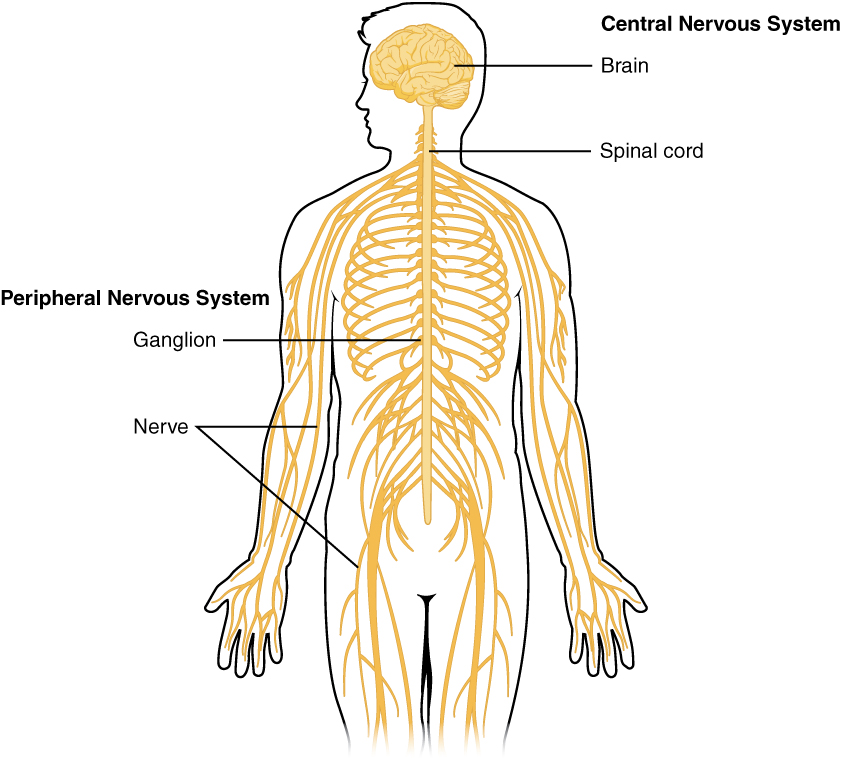
Absolute Contraindications in Specific Populations
Dehydroemetine should be completely avoided in the following populations:
- Pregnant women (unless benefits outweigh risks)
- Neonates and infants under one year of age
- Patients with a history of severe drug-induced hepatotoxicity
Special Considerations for Administration
Administration to Elderly Patients
Risks Associated with Age-Related Organ Function Decline
Aging results in reduced hepatic metabolism, diminished renal clearance, and an overall decline in physiological reserves. These changes necessitate cautious dose adjustments in geriatric patients.
Adjustments in Dosage and Monitoring Requirements
Lower starting doses are often recommended to mitigate adverse effects. Frequent monitoring of:
- Renal function (creatinine clearance, BUN levels)
- Hepatic enzymes (AST, ALT)
- Cardiac parameters (ECG changes)
is crucial in elderly patients receiving Dehydroemetine.
Potential Interactions with Medications Commonly Used in Geriatrics
Geriatric patients often use polypharmacy, increasing the risk of drug interactions. Caution is advised when co-administering with:
- Antihypertensives (risk of hypotension)
- Diuretics (exacerbation of electrolyte imbalance)
- Cardiovascular drugs (increased risk of arrhythmias)
Administration to Pregnant Women and Nursing Mothers
Pregnancy Category and Associated Risks
Dehydroemetine falls under pregnancy category C, indicating potential fetal harm based on animal studies. Clinical use during pregnancy should be reserved for life-threatening cases.

Potential Effects on Fetal Development
Fetal risks include:
- Congenital abnormalities
- Growth retardation
- Neuromuscular dysfunction
Recommendations for Breastfeeding Mothers
Excretion in breast milk remains poorly defined. As a precaution, lactating mothers are advised to discontinue breastfeeding during treatment.
Alternative Treatment Options for Pregnant Patients
Alternative therapies such as metronidazole should be considered in pregnant women, depending on clinical severity.
Administration to Children
Pediatric Safety and Efficacy Considerations
The safety record of Dehydroemetine, in patients is not fully understood yet. Is usually limited to serious cases of amoebiasis that do not respond to other treatments.
Recommended Dosage Adjustments
To prevent harm from toxicity levels in the body when administering medication is crucial and must be tailored according to the individual's kidney and liver health status.
Monitoring Requirements for Pediatric Patients
It is important to check the heart rhythm and neuromuscular functions of children undergoing treatment.
Drug Interactions and Potential Complications
Interaction with Antiprotozoal Medications
Using parasitic medications at the same time could increase the risk of side effects and require precise adjustment of dosages.
Cardiovascular Drug Interactions
Dehydroemetine may prolong QT intervals, increasing the risk of arrhythmias when combined with:
- Amiodarone
- Quinidine
- Beta-blockers
Neuromuscular Blocking Agents and Additive Effects
Patients who are given neuromuscular blocking agents may experience an increase, in muscle weakness.
Effect on Hepatic Enzyme Metabolism
Changes in liver enzyme activity, could impact how other medications are processed in the body when taken together.
Overdose and Toxicity Management
Symptoms of Dehydroemetine Overdose
Overdose manifestations include:
- Severe nausea and vomiting
- Cardiac arrhythmias
- Neuromuscular paralysis
Emergency Treatment Protocols
Immediate discontinuation of the drug is essential. Supportive interventions include:
- Intravenous fluid resuscitation
- Cardiac monitoring
- Administration of antiarrhythmic agents if needed
Supportive Care and Symptomatic Management
In situations where neuromuscular paralyzes present, assistance with breathing may be necessary.
Long-Term Monitoring and Recovery Considerations
It is recommended to check the heart and brain functions after an overdose incident.
Storage and Handling Precautions
Optimal Storage Conditions to Maintain Efficacy
Dehydroemetine Injection should be stored between 15 to 25 degrees Celsius to avoid deterioration.
Protection from Light and Temperature Fluctuations
Prolonged exposure to sunlight or high temperatures, could potentially affect the effectiveness of the medication.
Proper Handling and Disposal of Dehydroemetine Injection
Make sure to dispose of any vials that are not being used or have expired according to the waste regulations.
Safety Precautions for Healthcare Professionals
Healthcare professionals administering the injection are advised to wear gloves to reduce the risk of skin contact.
Conclusion
Summary of Key Takeaways
Dehydroemetine is a parasitic medication that needs careful dosage and supervision during treatment.
Importance of Careful Administration
It's essential to monitor the dosage and regularly assess the patient to reduce the chances of side effects.
The Need for Further Research and Clinical Studies
More research is needed to improve its effectiveness and broaden its use in treatments.
Dehydroemetine Injection FAQ
What is the use of Dehydroemetine injection?
Dehydroemetine is a medication that is utilized to combat illnesses triggered by protozoa in the body.
What is Emetine and Dehydroemetine used for?
Emetine has been traditionally relied upon as the treatment option in cases of intestinal and extraintestinal amebiasis over an extended period of time, but nowadays, it is primarily employed alongside its related compound, dehydroemetine, only in situations where metronidazole, cannot be administered or when treatment, with metronidazole, proves ineffective.
What are the side effects of Dehydroemetine?
Feeling sick, with stomach upset and muscle pain, along with changes in heart activity, like blood pressure and heart inflammation, can cause discomfort and unease.



